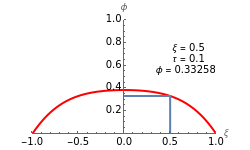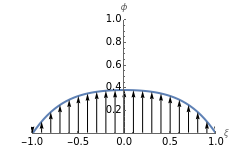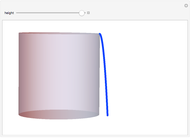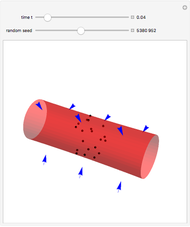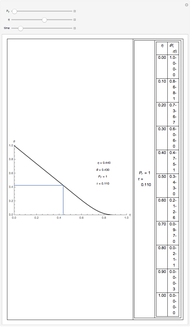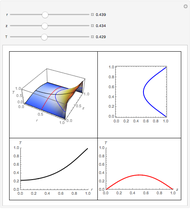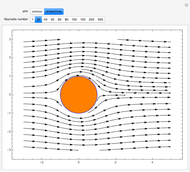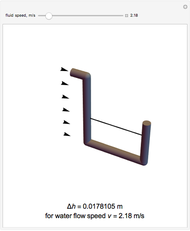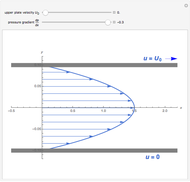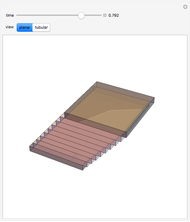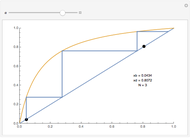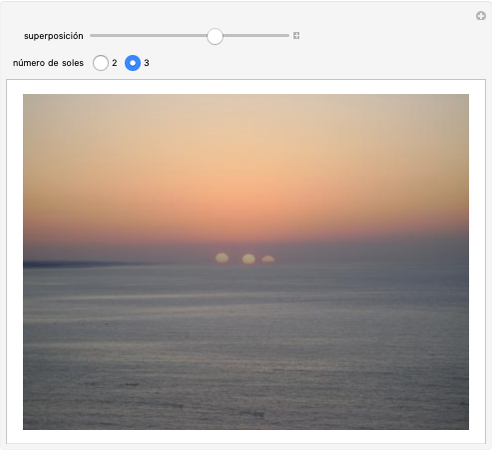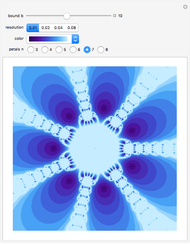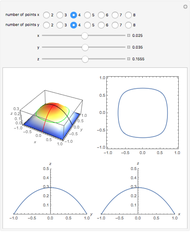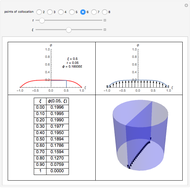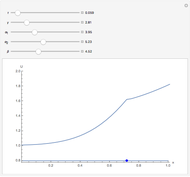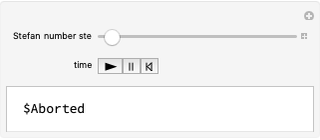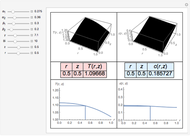Unsteady-State Flow in a Tube by Orthogonal Collocation Method

Requires a Wolfram Notebook System
Interact on desktop, mobile and cloud with the free Wolfram Player or other Wolfram Language products.
In transport phenomena it is very common to encounter unsteady-state problems. This Demonstration describes the solution of a partial differential equation that describes unsteady-state flow in a tube, using an orthogonal collocation method.
Contributed by: Jorge Gamaliel Frade Chávez (March 2011)
Open content licensed under CC BY-NC-SA
Snapshots
Details
Unsteady flow in a tube is described by the following dimensionless partial differential equation:
 ,
,
with these boundary conditions:
at  ,
,  ,
,
at  ,
,  ,
,
and the initial condition:
at  ,
,  .
.
In the partial differential equation  is nondimensional velocity,
is nondimensional velocity,  is nondimensional time, and
is nondimensional time, and  is nondimensional position.
is nondimensional position.
References: J. V. Villadsen and W. E. Stewart, "Solution of Boundary-Value Problems by Orthogonal Collocation," Chemical Enginering Science, 22, 1967 pp. 3981–3996.
R. B. Bird, W. E. Stewart, and E. N. Lightfoot, Transport Phenomena, 2nd ed., New York: John Wiley and Sons.
Permanent Citation
